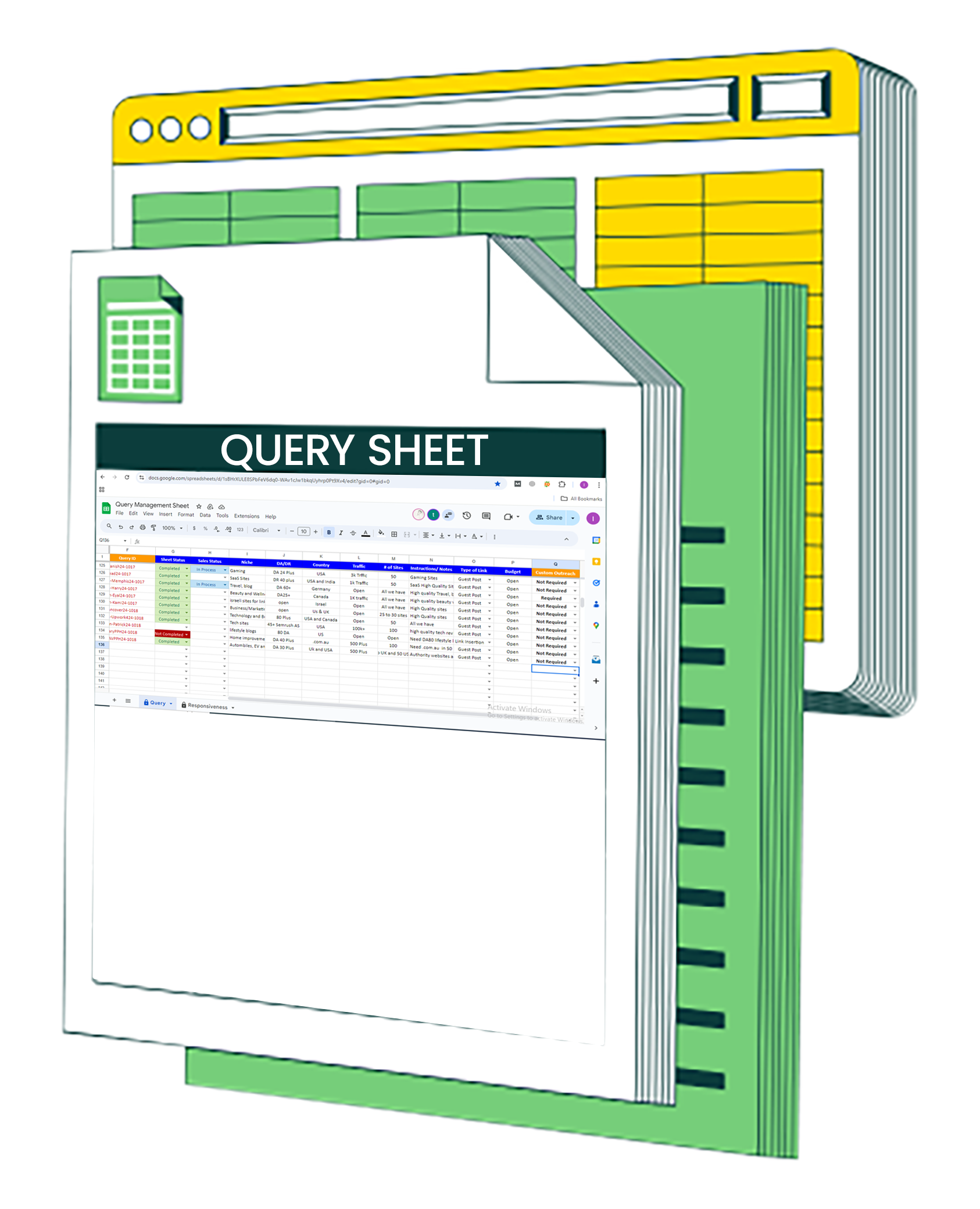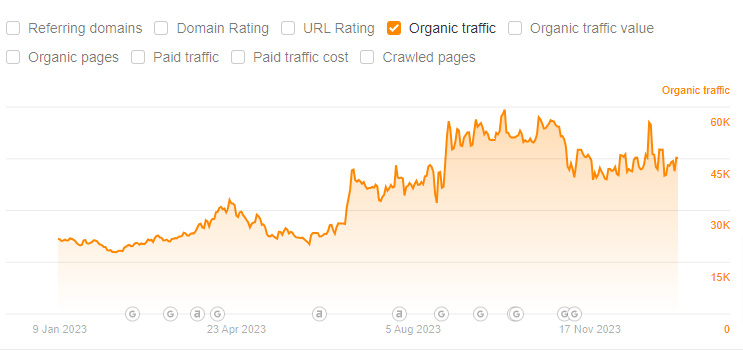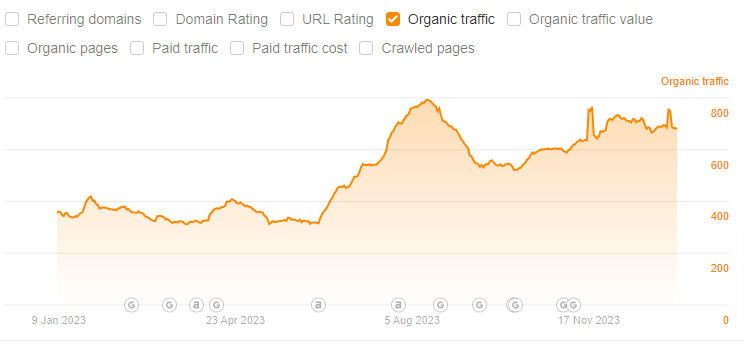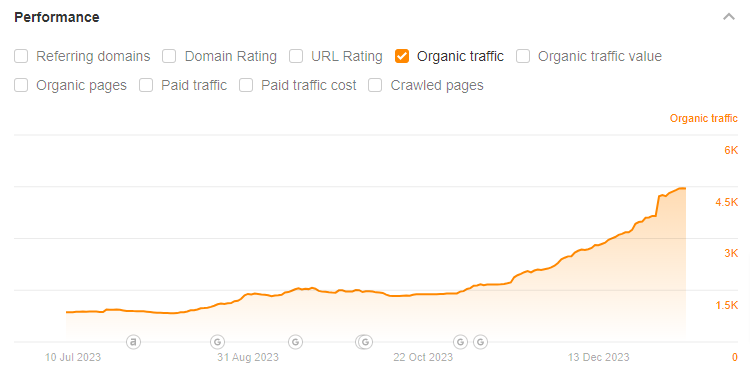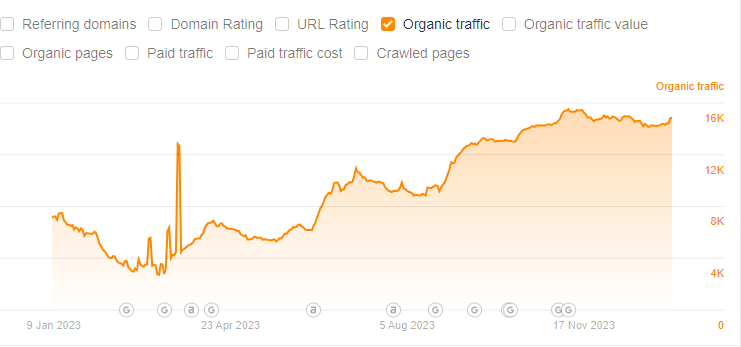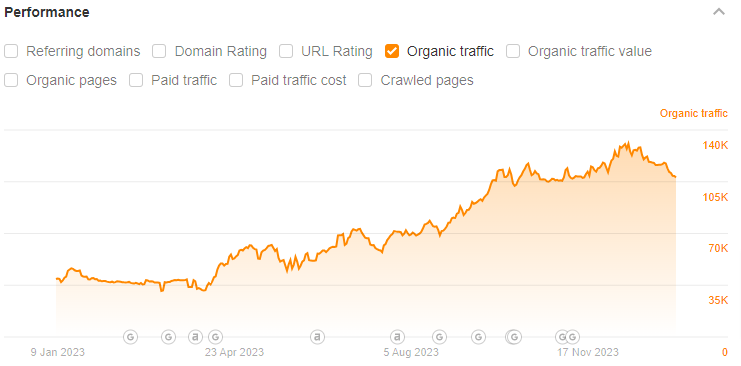
Anchor Text: Anchor text is also referred to as the link text. It is the text that has a hyperlink. You can click the text, and the hyperlink will take you to the destination site.
Authority: Authority in link-building refers to two things: the quality of a domain and the ranking power of a link. Link authority establishes the ranking power of the link carries. The higher the authority, the better for your SEO. Domain authority assesses the ranking potential of a website.
Accelerated Mobile Pages (AMP): Accelerated Mobile Page is an accessible-source HTML framework that can be used to craft user-first websites, emails, stories, and ads. AMP improves a site’s mobile search ranking with faster loading speeds and enhanced user experience.
Alt Text: Alt text is referred to as “alt description” and is the written description of images on pages. The goal of alt text is to boost the accessibility of those who cannot see it, as alt text provides context about images to web users.
Backlinks: Backlinks are links from other websites that point to content on a page on your website. Backlinks are a crucial part of SEO, as Google sees them as votes for the fact that your content is credible and valuable.
Bounce Rate: Bounce rate refers to the fraction of website visitors who leave a site after getting to one page and without taking any action, such as buying, subscribing, clicking, etc. The bounce rate of a website reflects that a visitor didn’t convert. Generally, a bounce rate that is lower than 40% is considered good.
Branded Keywords: Branded keywords are keywords that include the make of a brand or other terms that are linked with the brand. Branded keywords are incredibly important for link-building as these have high click-through rates.
Backlink Audit: A backlink audit refers to the process that inspects the quality of a website’s backlink profile. The goal s to identify hurtful or spammy links.
Broken Link Building: This SEO technique is about searching for broken links on other websites and asking webmasters to replace those broken links with functional links to your website or a working page.
Contextual Links: Contextual links refer to the hyperlinks that are integrated into the content of a webpage. These hyperlinks are natural and relevant words or phrases within paragraphs.
Content Marketing: Content marketing is creating a strategy that involves creating and distributing high-quality content with the intention of attracting and retaining your target audience. The goal is to establish and promote expertise, brand awareness, and customer engagement.
Cached Page: A cached page refers to the copy of a web page that is saved in a temporary storage location, also referred to as a cache. A cached page can track changes in content. You can use cached pages to research the strategies of your competitors.
Canonical Tag: Also known as a “rel=canonical” link, a canonical tag is essentially an HTML code that tells search engines the main version of a page. This tag is used to specify the main version of a page with duplicate or resembling URLs. Using the canonical tag, link-builders ensure that only the main version of a page gets indexed in Google.
Canonical URL: A canonical URL refers to a webpage’s primary version that is used by Google or other search engines to index and show it in search results.
Content Relevance: Content relevance refers to the aspect of how well a page’s content meets the interests, needs, and preferences of its target audience. Content relevance is a crucial factor in the success of content marketing.
Crawl Budget: Crawl budget, in link building, refers to the amount of resources and time that a search engine, such as Google, uses to crawl a website. Wasting a crawl budget would hurt the SEO performance of a website.
Crawler: A crawler is a computer program that assesses and indexes websites to accumulate data for search engines. This web spider navigates the internet by following the links between the different pages, fetching information, and storing it in a database.
Dofollow vs. Nofollow Links: Dofollow links pass on PR (PageRank) signals, which is also known as link equity to the linked site. Dofollow links impact the SEO ranking and visibility of a website.
Nofollow links do not pass on PR signals, which is why these don’t affect SEO rankings.
Domain Authority: DA or domain authority indicates the score of a website between zero and a hundred. The score indicates how well the website ranks on Google. DA is based on the number and quality of backlinks.
Domain Rating (DR): Domain Rating is an Ahrefs metric that measures the backlink profile of a website and gauges its probability of ranking well in SERPs. DR is calculated on a scale from zero to a hundred. Understandably, the higher the DR, the greater the authority.
Dwell Time: In link-building, dwell time is the amount of time that an internet user spends on a web page after selecting and clicking on it from a SERP. Dwell time reflects the user’s engagement with the site’s content.
Editorial Link: An editorial link is essentially a backlink to a website that has been added by a publisher or an editor of another site without you asking for the link. Editorial links are the most valuable backlinks that a website can get.
Entity-Based SEO: This SEO technique essentially focuses on optimizing content around entities, such as a unique concept, person, place, or thing, instead of only focusing on keywords. Entity-based SEO can help Google easily understand the context of content by linking entities and their relationships.
External Link: External link, in link-building, is a strategy that is about linking to another website from one’s own website. External linking can boost the authority and credibility of one’s own website. Linking to valuable content can also improve user experience.
H1 tag: An H1 tag is a heading tag that refers to the primary heading on a page. The objective is to help search engines, and page visitors understand what the content and structure are about. H1 is usually the boldest text on a page that stands out.
Header Tags: Header tags are crucial for SEO as these guide search engines and website visitors to understand the different sections of the page. Header tags help website users navigate and browse the web page.
Hreflang: Hreflang refers to the HTML attribute that assists search engines with understanding the language and geographical targeting of a webpage.
HTTP 200 Response Code: This code is essentially a status code that reflects a successful request from a browser to a server. The HTTP 200 Response code is the most desired in SEO as it indicates the functionality of the page and that users can access it easily.
Internal Linking: Internal linking is a hyperlink in the form of a document or image on a webpage or resource that links to an image or document on the same resource or webpage.
Inbound Link: An inbound link, also known as a backlink, is essentially a link coming in from another website that points to one’s website. Inbound links indicate to Google that your website is trustworthy and has high-quality content.
Indexability: Indexability is the ability of a webpage to be crawled and indexed by Google or other search engines. Only indexed pages appear in SERPs.
Keyword Cannibalization: Keyword cannibalization indicates an SEO error where several web pages on a website have targeted the same keywords, which in turn makes it challenging for search engines to assess which page to rank for the keyword.
Keyword Clustering: This SEO technique categorizes keywords on similarity and relevance and groups similar keywords into clusters. The objective is to rank the content that is connected to multiple search queries.
Keyword Density: Keyword density indicates the ratio of the number of keywords used on a web page in connection to the total number of words on the page.
Keyword Difficulty: KD is an SEO metric that determines the level of difficulty in ranking a specific keyword in search engine results. This metric helps link-builders set realistic goals and prioritize keywords that are rankable.
Keyword Stuffing: Keyword stuffing is against Google’s policies for link-building as it involves repeating phrases or keywords in an inorganic way to manipulate search engine rankings. Keyword stuffing is a black-hat technique and can land you a penalty.
Link Farms: Link farming is a manipulative link-building strategy that incorporates fake sites to add links to other websites. Link farming is a black hat tactic.
Link Juice: Link juice, also referred to as link equity, is the authority or value that one website or page passes to another website or page via a hyperlink.
Link Bait: The goal of this content creation strategy is to attract backlinks for a website by creating as many inbound links as possible. Link bait includes guides, controversies, data, and newsworthy content.
Link Popularity: Link popularity indicates the ratio of good-quality inbound links that a website gets from other websites. Inbound links are seen as votes by Google for a website’s good-quality content and authority.
Local SEO: Local SEO is the strategy of getting backlinks from local relevant businesses to boost a business website’s visibility in local search results. The objective is to attract more traffic that is more likely to convert.
LSI Keywords: Latent semantic indexing keywords, also known as LSI, are related phrases or keywords that are used to better categorize the topic of a webpage. LSI keywords can provide SEO value to content by adding meaning to the primary keywords.
Natural vs. Artificial Backlinks: Natural backlinks are organic backlinks that other websites create voluntarily. You don’t pay for organic backlinks. Natural backlinks are highly valued by Google as Google sees them as genuine endorsements of your high-quality website content.
Artificial backlinks are essentially created by manipulation or brought to boost a site’s ranking in search engines. Link exchanges or paid links are examples of artificial backlinks.
Natural Link: A natural link cannot be acquired. It is earned organically when other sites find your content valuable enough to link to it.
Noindex Tag: A non-index tag is a useful code in link-building as it prevents search engines from indexing a page, which also prevents the page from appearing in search results.
Noreferrer: This HTML attribute protects the privacy of the originating page as it prevents the browser from sending the referrer information to the target site at the time of clicking the link.
Manual Action: Google takes manual action against a website when it sees that a webpage is not compliant with its spam policies.
Meta Description: A meta description is essentially an HTML element that describes a short summary of the content of a web page. Its length is about 160 characters, and it is given underneath the page title.
Meta Keywords: Meta keywords are HTML tags that give search engines information about the content of a web page. Meta keywords are part of the page’s HTML code in the head section.
Meta Redirect: Meta redirect is a “refresh” redirect that dictates the web browser to automatically navigate to a different page after a specific time.
Meta Tags: Meta tags are code snippets that instruct search engines on how to display a web page in search results to visitors.
Off-page SEO: Off-page SEO is a set of activities that are performed off a website to boost its search engine rankings. The objective of off-page SEO is to get high-quality backlinks that can help you establish trust and authority.
Orphan Page: An orphan page is a webpage that comprises no internal links from other web pages. An orphan page can only be accessed by knowing the direct URL, which makes it difficult for search engines to discover the webpage.
Outbound Link: An outbound link is essentially a hyperlink on a website that directs visitors to another webpage or website that lies outside the current domain. Outbound links are also called external links.
PBNs (Private Blog Networks): PBNs are a group of sites that are exclusively created to link to other websites to boost the site’s search engine rankings. PBNs are a black hat SEO tactic, as their goal is to manipulate the search engine rankings to boost ranking.
Penalties: Penalties in link-building refer to the actions taken by Google and other search engines against sites that integrate manipulative or spammy link-building strategies. Penalties can harm a website’s reputation, ranking, and visibility.
Reciprocal Linking: Reciprocal linking refers to the strategy where two or more websites agree to link to each other with the purpose of boosting their search engine ranking as well as visibility.
Skyscraper Content: Skyscraper content is informative, detailed, and long-form content that is designed to attract high-quality backlinks, content shares, and more website traffic. The key is to create evergreen content and update it over time.
Social Signals: Social signals in link-building are known as a form of citation that is similar to backlinks. Social signals indicate a website’s social media engagement metrics, such as comments, shares, and likes. Google uses social signals to assess the popularity and relevance of a page.
Sitemaps: A sitemap is a list of pages, videos, and other files of a website and the link between them. Sitemaps help with crawlability and indexability.
Sponsored Link Attribute: Google establishes the rel=” sponsored” link attribute as a way to depict the links that are the result of paid placements and ads. This attribute indicates the links that are the results of some form of compensation.
Tools: Link-building analysis tools are supposed to analyze the quality and volume of the backlinks pointing to your website. Some of the popular tools include Ahrefs, Semrush, LinkBuilder.io, BuzzSumo, and Hunter.io.
Technical SEO: Technical SEO revolves around the “Behind the Scenes” of a website, such as the code, underlying structure, and infrastructure. The objective is to improve the website’s indexability, crawlability, and search engine rankings.
Top-Level Domain (TLD): TLD refers to the last part of a domain name, which is the part that follows the dot, such as “.net.” TLD helps the categorization of websites based on region or purpose.
Topical Relevance: Topical relevance indicates the proximity with which the content of a website and its backlinks align with a specific subject or keyword. Topical relevance is a crucial factor that influences search engine rankings.
UGC Link Attribute: Also referred to as rel= “UGC,” this attribute signals to Google when a link is placed in user-generated content.
URL Rating (UR): URL rating is an SEO metric that assesses the strength of the link profile of a webpage from zero to one hundred. The higher the number, the stronger the link profile.
URL Slug: URL slug specifies that part of a URL that describes a specific post or page on a website. A URL slug comes after the backslash and is a crucial link-building factor.
White-Hat vs. Black-Hat Techniques: The basic difference between white hat and black hat link-building techniques is that white-hat techniques follow Google guidelines for link-building. On the other hand, black hat link-building techniques are designed to manipulate and deceive Google algorithms.
301 Redirect: A 301 redirect is an irreversible redirect that moves a webpage from one URL to the next. A 301 redirect is crucial for link-building and SEO as it helps with maintaining the backlink equity of a website.
302 Redirect: A 302 redirect is a non-permanent redirect that redirects search engines and visitors to a different URL for a specific period.
404 Error: A 404 error is essentially an HTTP status code that specifies when a requested webpage is not available. 404 error is also known as a “Page Not Found” error.
Globex Outreach is thriving, and we are dedicated to providing quality customer services to our valued clients by providing the biggest database of high quality websites.
We are burning the midnight oil on R&D so that our clients can get the best possible services. It’s the responsibility of our company to create content that meets the requirements.
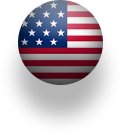
30 N Gould St, Ste R
Sheridan, WY 82801
USA
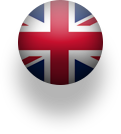
23, New Drum Street, London, England, E17AY

Stroveer, 1383032, GA, Rotterdam, The Netherlands
30 N Gould St Ste R
Sheridan, WY 82801, USA
23, New Drum Street, London,
England, E17AY
Stroveer 1383032 GA Rotterdam
The Netherlands
Copyright 2025 Globex Outreach | All Right Reserved
